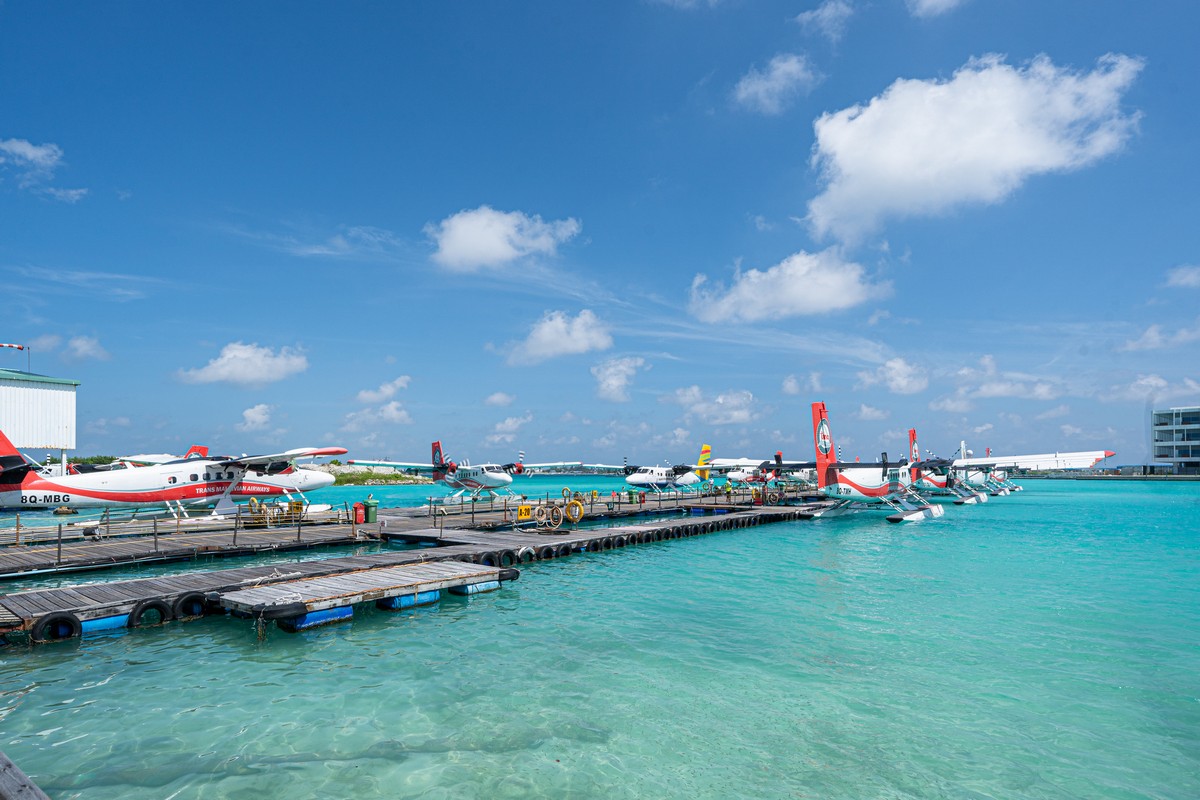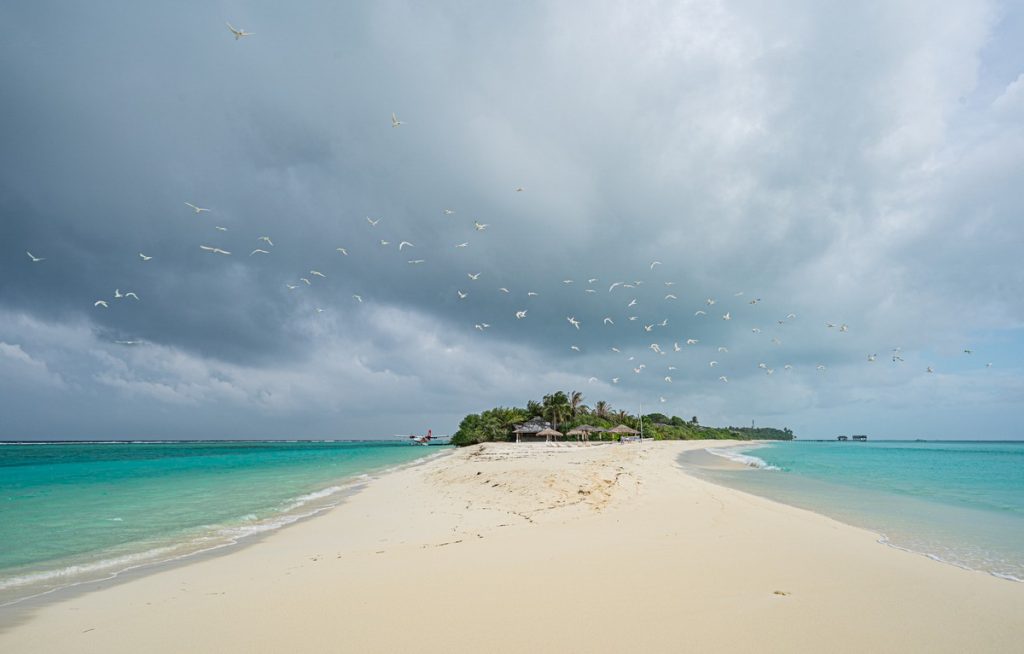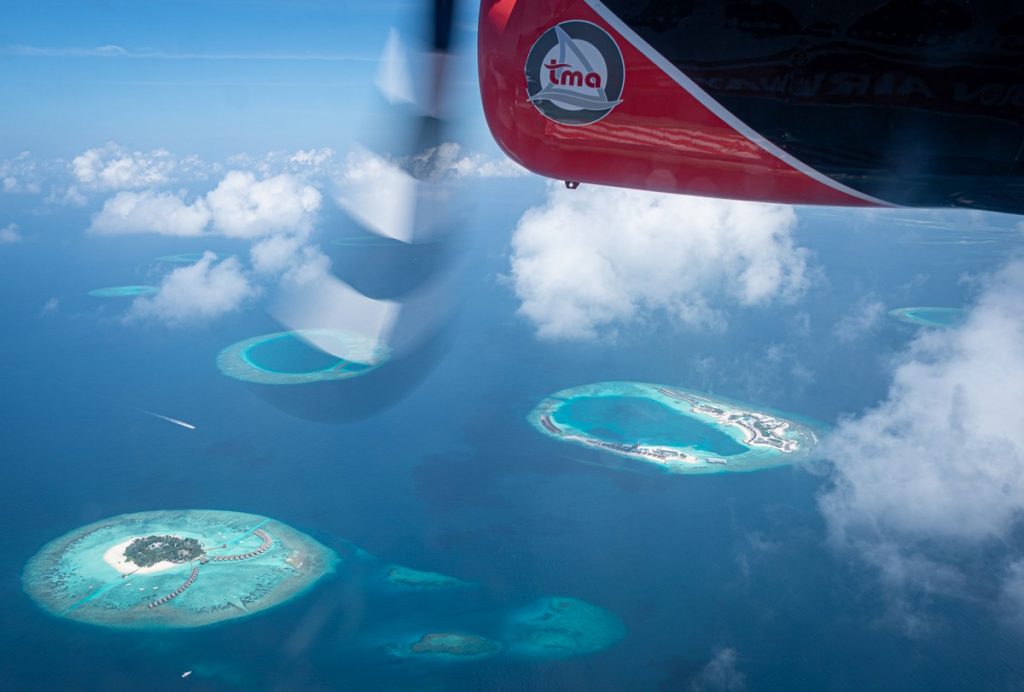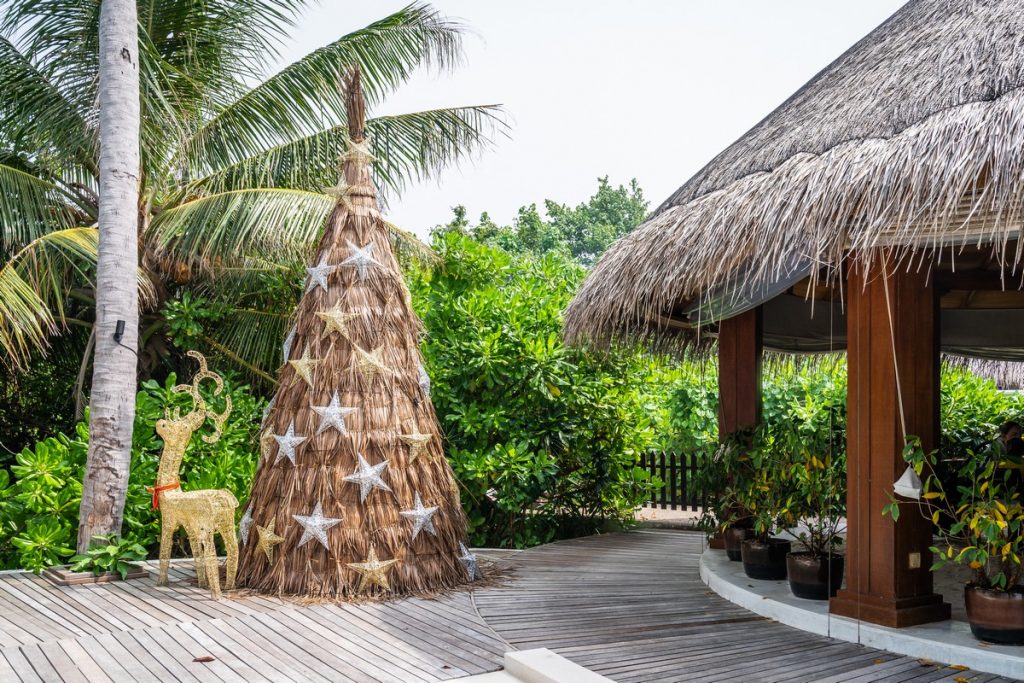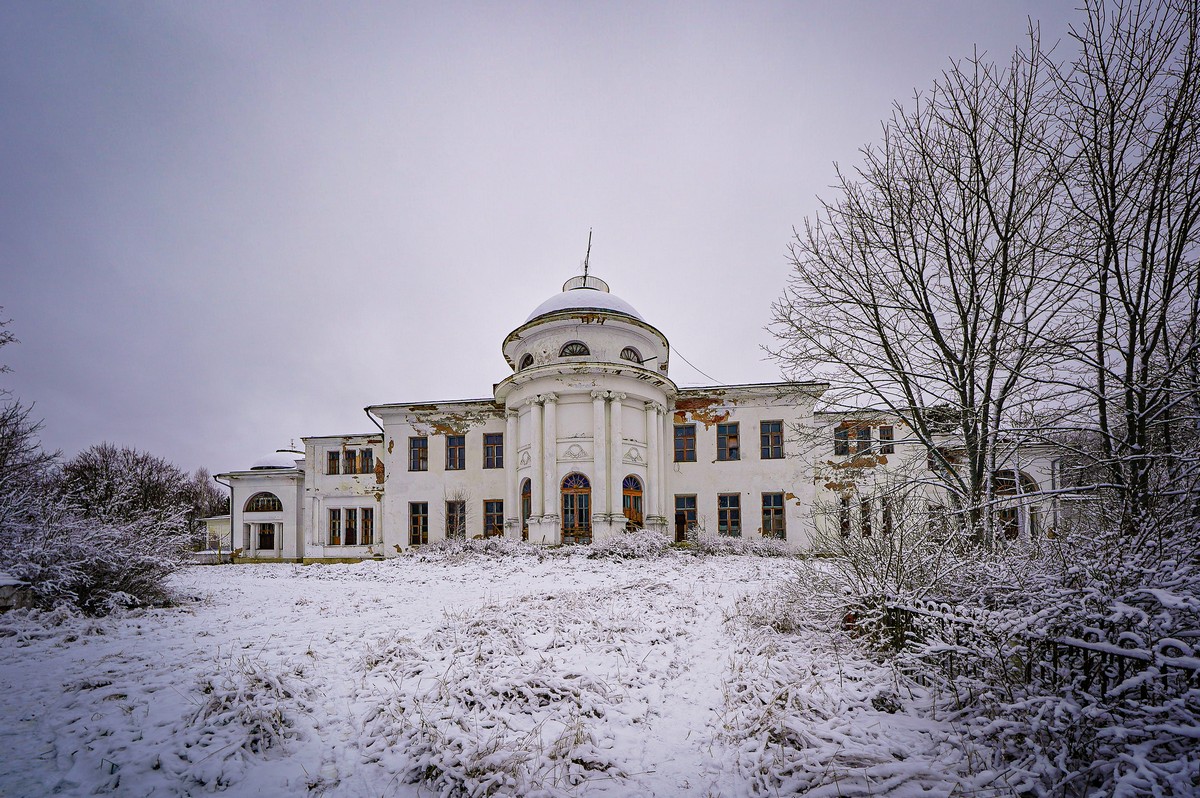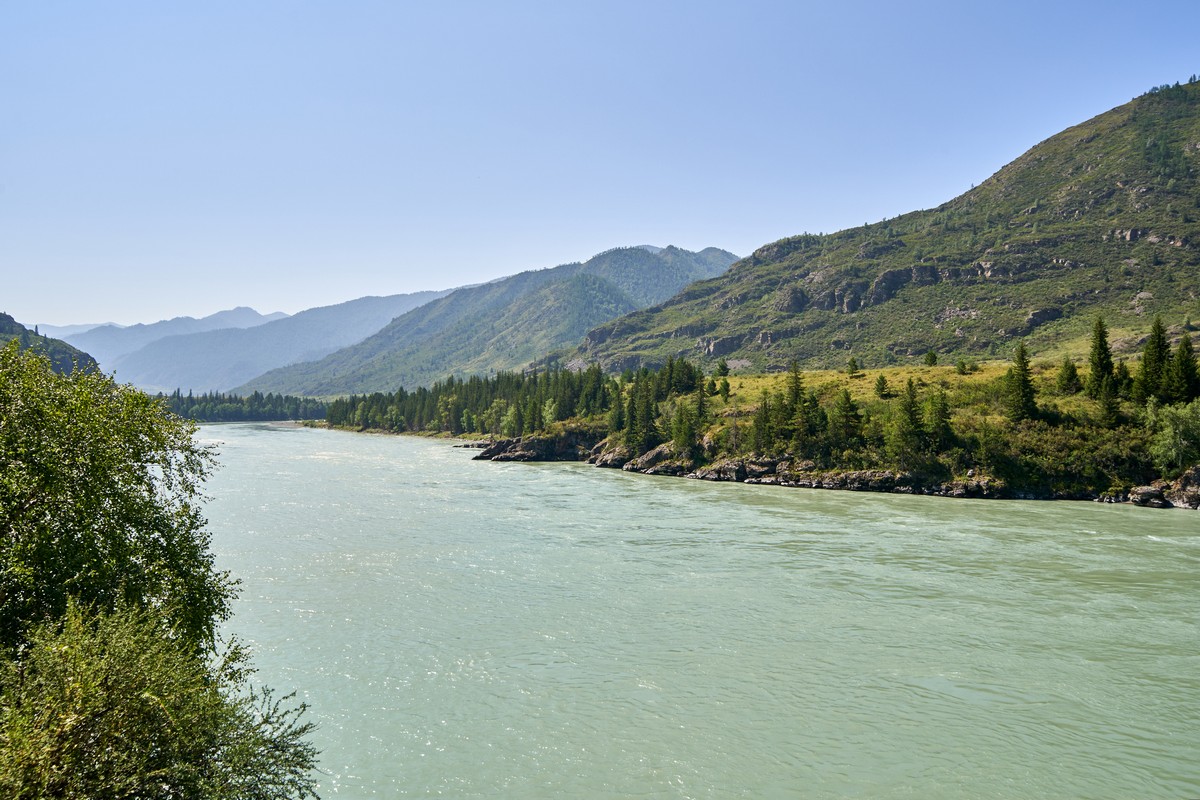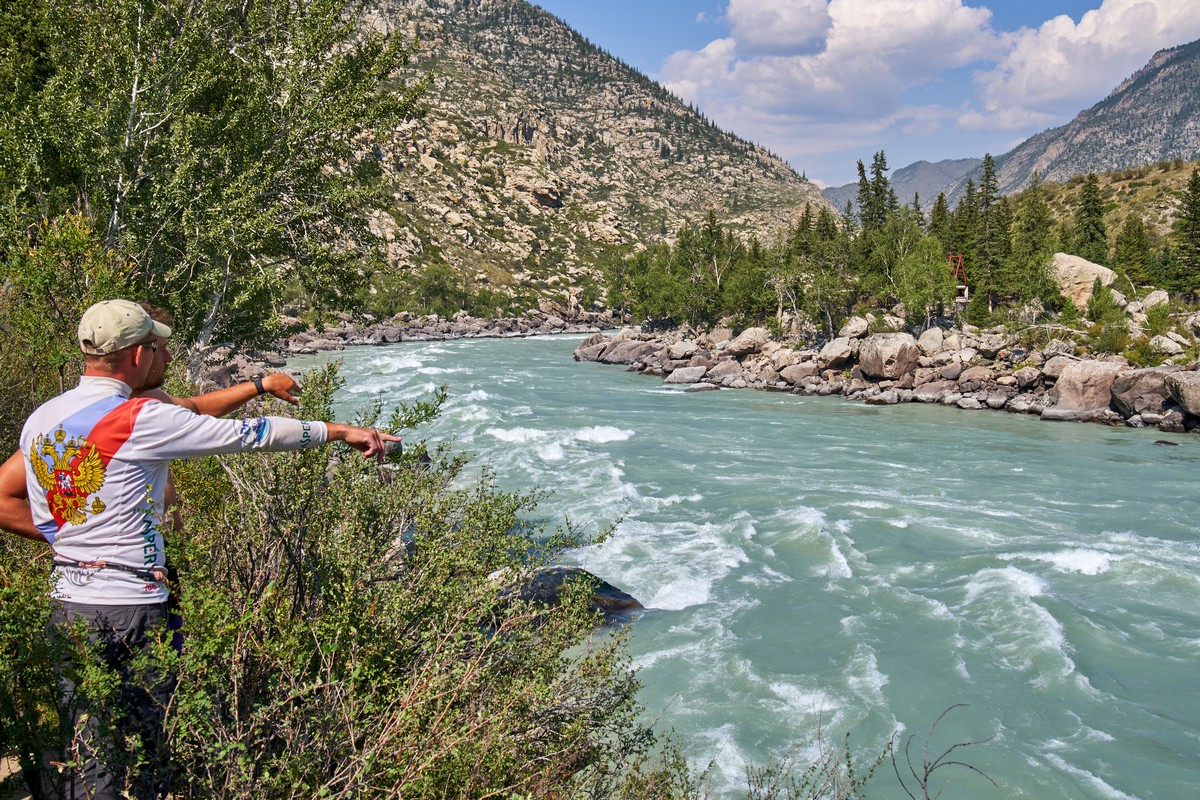February 26, 2021
Magadan to Moscow in a car – very cold and very far.
Hi strangers!
Yes, yes, it has been a while. But of course there can only be one reason for that: I’ve been busier than ever, despite the pandemic! Ok, unnecessary humble excuse over with – let’s get on with this post )…
All righty. You’ve probably seen an Instagram or two of me out in the crazy-cold climes of the Russian Far East earlier this year – or maybe not. Whatever, the time has finally come to get past the canapés, and onto the hors d’oeuvres: the intro-post on my recent race across Russia – my winter wonder-Far-Eastern cross-Russia road trip, which started out along the R504 Kolyma Highway from Magadan (further east than Japan!) and ended in Moscow weeks later. The journey turned out to be action-packed, a whole lotta fun, and of course rather extreme given the intense cold. But I don’t think any of us was quite expecting a magical world of endless, mostly straight roads cutting across vast white expanses of severe steppe or forested undulating hills stretching as far as the eye can see. It goes without saying that all fellow travelers were suitably spellbound and hypnotized by the experience.
Being so far north, and the time of year being the middle of winter, the sun hardly ever rose at all from its slumber; but this imbued the icy landscapes with a paradoxically warm golden glow for much of the day like nowhere I’ve seen before:

